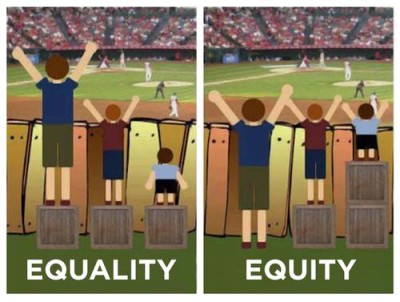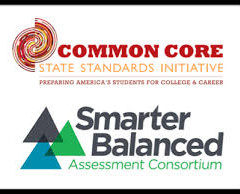 By Tom White
By Tom White
The big news out of Washington DC is the long-delayed rewrite of the odious NCLB bill. The House and Senate have both passed their versions, which means it’s now time for them to reconcile and send something to the president. Either bill will dramatically change the Federal Government’s role in education policy in terms of accountability and testing. But what I’m most concerned with is the status of the Common Core State Standards (CCSS), since both bills prohibit the Federal Government from imposing or even encouraging states to adopt the CCSS.
This represents a sea change. Continue reading

 By Tom
By Tom


 By Tom
By Tom